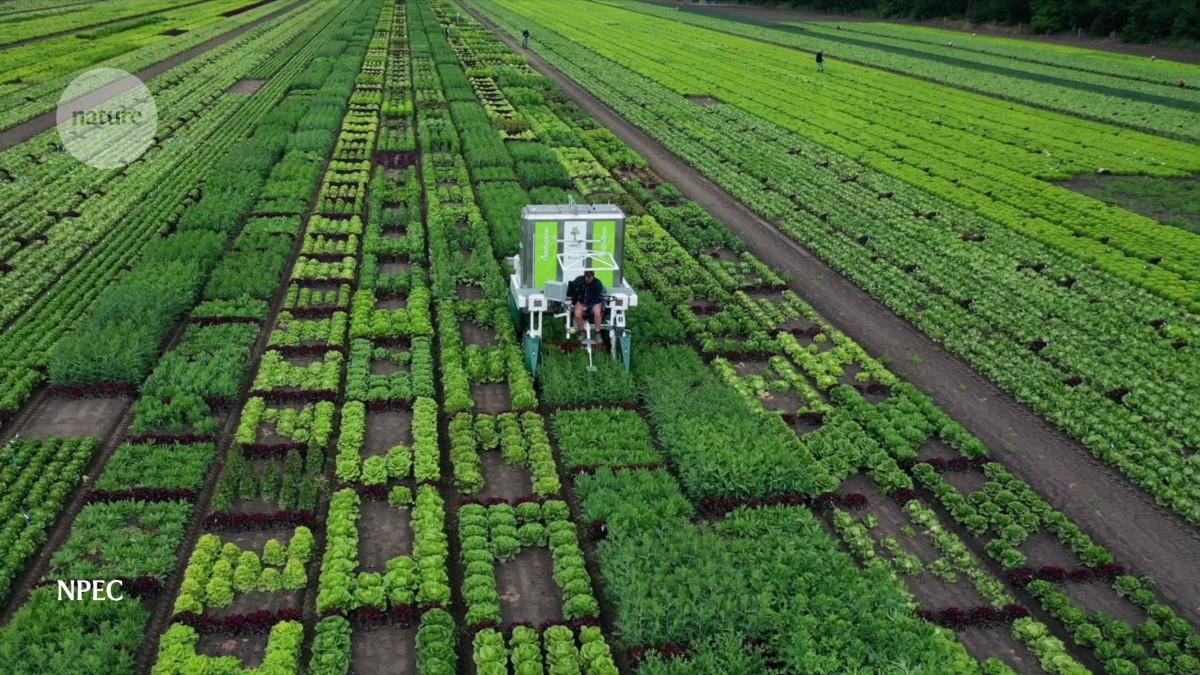
"Humans' collective prospects as a species don't look great. By 2050, the global population will hit an estimated 9.7 billion, meaning there will be 1.5 billion more mouths to feed than today. Demand for animal-derived protein, with its high environmental price tag, is predicted to rise faster still. Global temperatures and atmospheric greenhouse-gas concentrations are still increasing, tree cover is shrinking, oceans are acidifying, agricultural land is being lost to salinization, and extreme weather events are becoming more frequent."
"But where some see threats, others see opportunities. In May, researchers and small businesses with a range of ideas for producing food more sustainably gathered at F&A Next, a meeting on the future of food and agriculture held at Wageningen University & Research in the Netherlands. From climate-smart cultivation to breakthrough protein alternatives, a wave of innovations were revealed at the event."
"Globally, protein demand is projected to grow more rapidly than the population, because of rising incomes, urbanization and changing dietary preferences. Farming animals for food contributes to deforestation, biodiversity loss and around 57% of the global greenhouse-gas emissions associated with food production. As a result, many researchers think that the only way forward is to shift to alternative protein sources."
Global population is projected to reach 9.7 billion by 2050, creating about 1.5 billion additional mouths to feed and intensifying demand for animal-derived protein. Environmental pressures include rising greenhouse-gas concentrations, shrinking tree cover, ocean acidification, agricultural salinization and more frequent extreme weather. Sustainable food and agricultural innovations are emerging, showcased at a Wageningen meeting, ranging from climate-smart cultivation to alternative proteins. Protein demand outpaces population growth due to rising incomes, urbanization and dietary change. Animal farming drives deforestation, biodiversity loss and roughly 57% of food-production greenhouse-gas emissions, prompting development of plant- and grass-based protein alternatives and other solutions.
Read at Nature
Unable to calculate read time
Collection
[
|
...
]